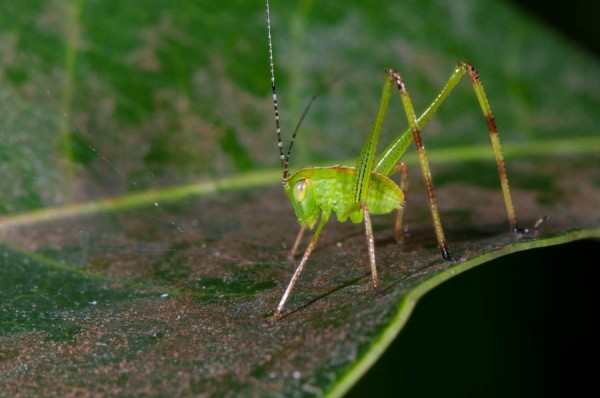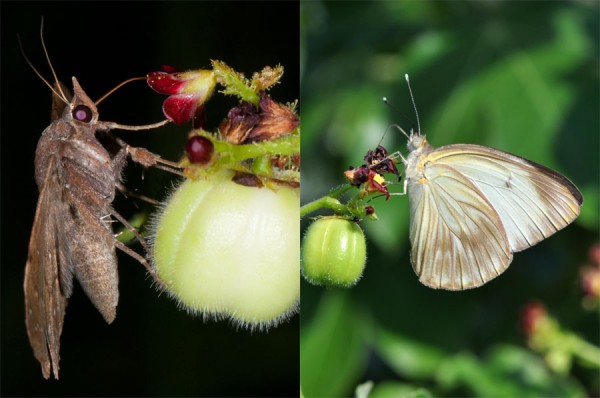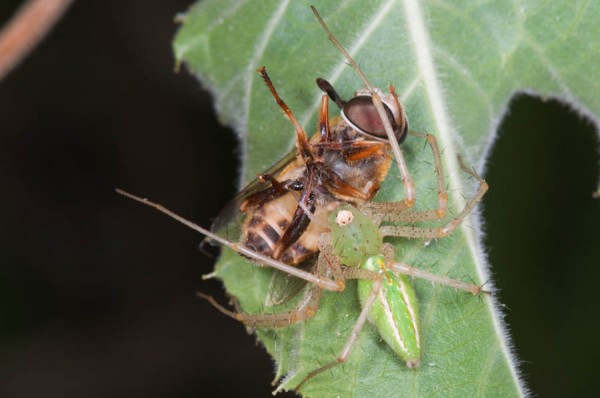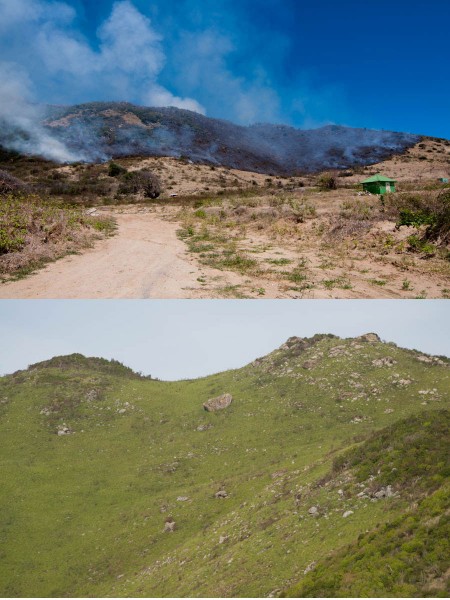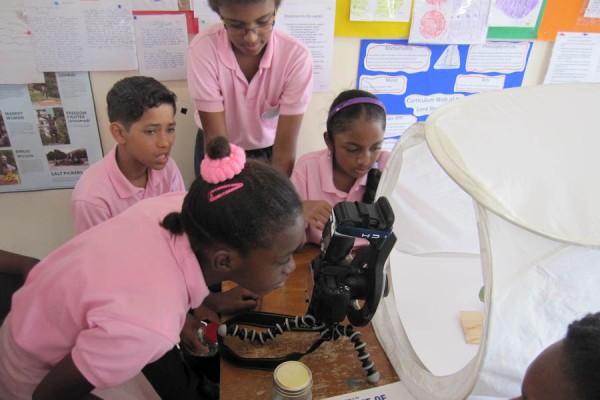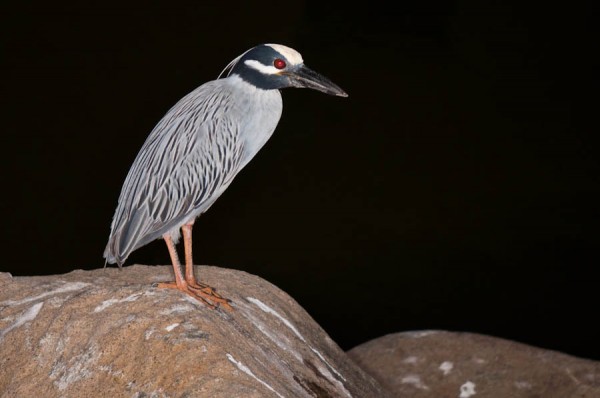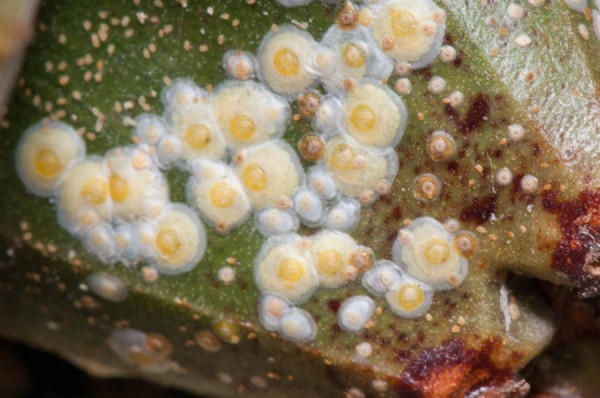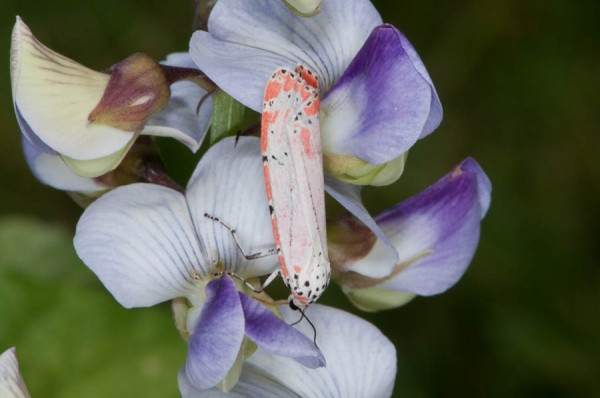Hiding in Plain Sight
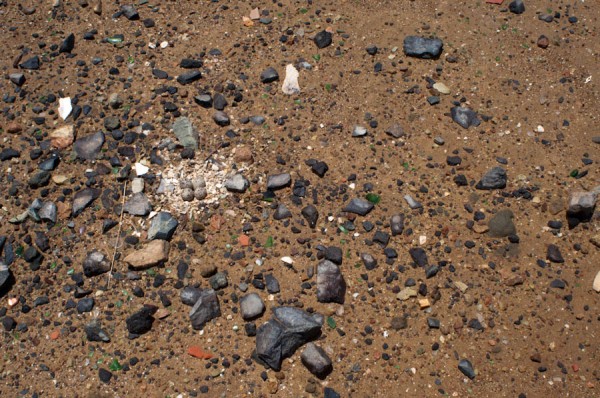
The nests of Killdeer and other shorebirds are extremely vulnerable to predators like dogs, rats and mongoose. They also rely on camouflage, so they may also be destroyed accidentally by people walking, horseback riding or ATV riding through nesting areas. In this photo, the Killdeer nest is actually relatively easy to spot because the mudflat is wet and dark, but […]

